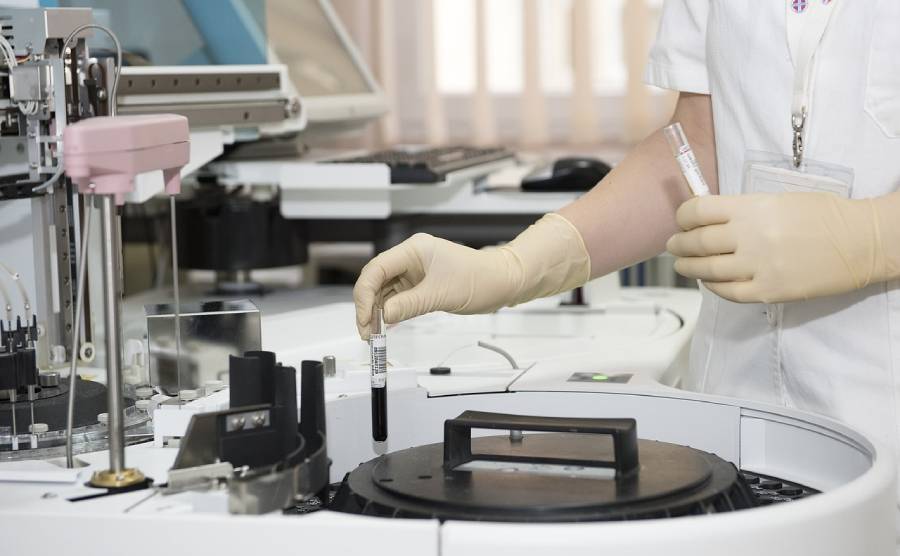The decision to donate your body to science is perhaps one of the most generous gifts you can give to future generations. But what actually happens after you make this choice? Many people wonder about the process, and frankly, the mystery surrounding body donation can feel overwhelming.
Organizations like United Tissue Network help bridge the gap between donors and medical institutions, making the process clearer for families who want to contribute to medical advancement. The reality is that body donation serves multiple purposes – from training the next generation of doctors to advancing research that could save countless lives.
The Initial Steps After Death
When someone who has registered as a body donor passes away, the process begins immediately. The family or medical facility contacts the donation organization within hours. Time matters here, though not as urgently as with organ donation.
The body gets transported to a facility where it undergoes initial preparation. This isn’t the same as funeral home preparation. Instead, the focus is on preservation for educational and research purposes.
Medical professionals conduct a thorough evaluation to determine the best use for the donation. Some bodies go to medical schools for anatomy classes. Others support surgical training programs. Research facilities might use donations to study specific conditions or test new medical procedures.
What Medical Students Actually Do
Medical students spend months working with donated bodies during their anatomy courses. These aren’t quick dissections like you might remember from high school biology. Students work in small groups, carefully studying each system of the body over an entire semester.
The learning process is methodical. Students start with basic structures and gradually work through complex systems. They learn to identify muscles, nerves, blood vessels, and organs. This hands-on experience can’t be replicated through textbooks or computer models.
Perhaps what surprises people most is how respectfully students treat these donations. Medical schools emphasize the gift that donors have provided. Many programs hold memorial services to honor the donors at the end of each academic year.
Research Applications
Research facilities use body donations differently than medical schools. Scientists might study specific diseases, test new surgical techniques, or develop better medical devices.
Some research focuses on understanding how diseases progress. Cancer research, neurological studies, and cardiovascular research all benefit from anatomical donations. The knowledge gained helps develop better treatments for future patients.
Other research involves testing new surgical procedures. Surgeons practice complex operations on donated bodies before performing them on living patients. This practice saves lives by allowing doctors to perfect their techniques in a risk-free environment.
The Preservation Process
Most people assume donated bodies get embalmed like they would for a traditional funeral. The preservation process for scientific use is different and more extensive.
Bodies undergo arterial embalming with special chemicals designed for long-term preservation. This process allows the body to remain useful for educational purposes for months or even years.
Some facilities use plastination, a process that replaces body fluids with plastics. This creates specimens that can last indefinitely and don’t require special storage conditions.
The preservation method depends on the intended use. Bodies destined for anatomy classes get different treatment than those used for surgical training.
Duration and Timeline
How long does the process take? It varies significantly based on the purpose and institution.
Medical school anatomy programs typically use bodies for one academic year. After that, the remains are cremated and returned to the family if requested.
Research projects might keep bodies for several years, depending on the study requirements. Long-term research on aging or disease progression requires extended timeframes.
Surgical training programs often use bodies for shorter periods – sometimes just days or weeks for specific procedures.
What Happens to Personal Items
Jewelry, clothing, and personal items get removed and can be returned to the family. Most donation programs have policies about handling these belongings with care.
Medical devices like pacemakers or joint replacements are typically removed before the body is used for educational purposes. Some facilities can return these items to families if requested.
Geographic Considerations
Your body might not stay in your local area. Donation organizations work with medical schools and research facilities across the country. Transportation is part of the service provided by donation programs.
This means a donor from California might end up helping train medical students in Texas or supporting research in New York. The goal is matching donations with the institutions that can benefit most from the gift.
After the Educational Use
When medical schools or research facilities finish using donated bodies, they handle the final arrangements respectfully. Most institutions cremate the remains.
Families can usually request the return of cremated remains. Some choose to hold memorial services at this point. Others prefer to let the institution handle final arrangements.
Many medical schools hold annual memorial services to honor all donors from that year. These ceremonies acknowledge the contribution donors have made to medical education and research.
The Bigger Picture
Body donation creates a ripple effect that extends far beyond the immediate educational use. Every doctor who learned anatomy from a donated body carries that knowledge throughout their career. Every research breakthrough enabled by anatomical donation potentially helps thousands of future patients.
The decision to donate your body to science means becoming part of medical history. Your donation might help train the surgeon who performs a life-saving operation twenty years from now. Or contribute to research that leads to a cure for a disease that affects millions.
Understanding what happens when you donate your body to science removes much of the mystery from this generous decision. The process is respectful, purposeful, and creates lasting benefits for medical advancement and education.
